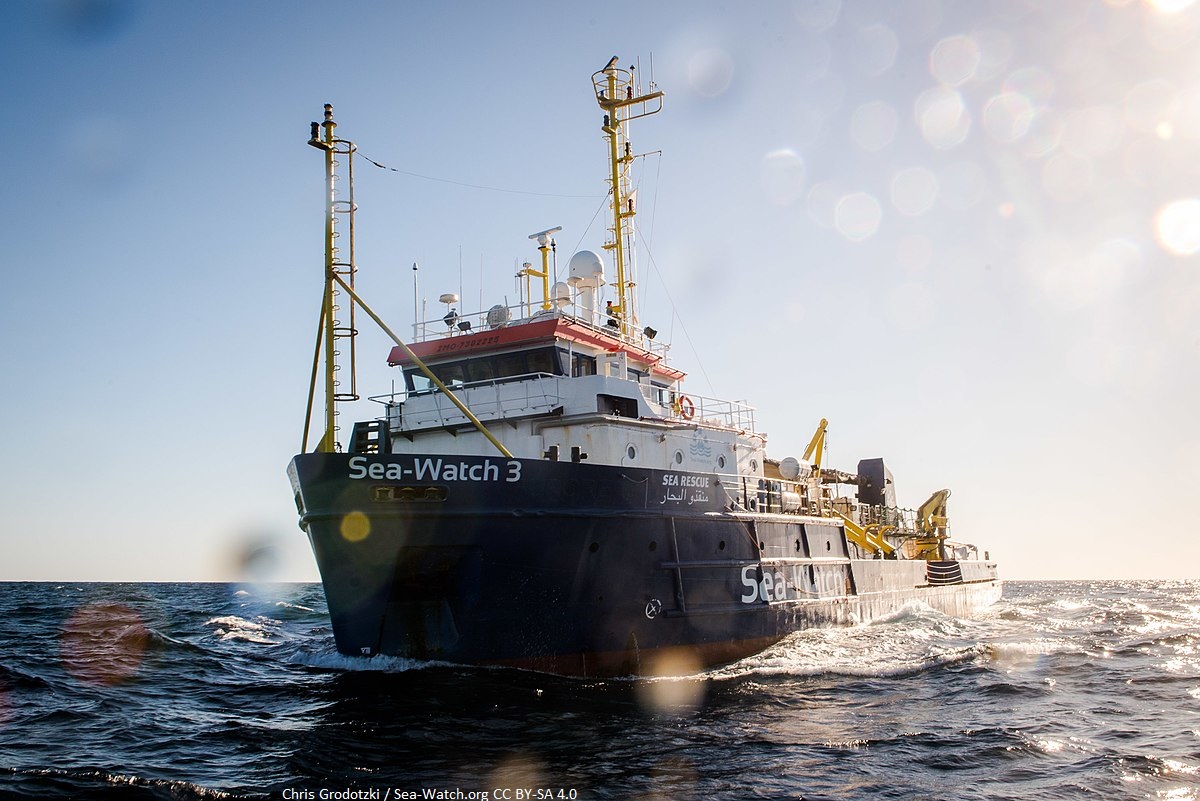Study proves: Migration to Europe independent of sea rescue
The "Migration Policy Center" comes in the study "Sea Rescue NGOs: a Pull Factor of Irregular Migration?"concludes that people don't get on dinghies in the rubber dinghies in the Mediterranean because there are rescue ships there. This confirms the results of previous studies, such as "Death by Rescue"[ Door Closes ] And... Border Deaths in the Mediterranean.
The present study has investigated for the period from 2014 to October 2019, whether there is a correlation between the presence of NGOs and the number of people who set off from Libya on their way across the across the Mediterranean Sea towards Italy is related. The is not the case. The evaluation took place month by month over the period of five years. During this time, the political situation on the Mediterranean Sea has changed dramatically several times. Instead of rescuing people from distress at sea rescue people from distress at sea, civilian aid organisations have had to take over this task in recent years. have had to take over this task in recent years. But their work is not only made more difficult – often they are criminalised and intimidated for their humanitarian work and intimidated. This is often coupled with accusations that the sea rescue is increasing the number of people fleeing Libya. But the study shows once again that this connection does not exist.
There are understandable motives that force people on the dangerous crossing. Libya is a politically disrupted state, where refugees and migrants from refugees and migrants from sub-Saharan Africa are threatened by torture, enslavement, sexual abuse and existential poverty. The people don't get on the rubber dinghies because there are boats to rescue them. There but more people die when there are no ships to rescue them.
In most cases, people do not wear life jackets and are not equipped with communication or navigation tools navigation equipment. Many cannot swim. The completely overcrowded boats are usually unable to reach the next safe place on their own. reach the next safe place. This alone puts people in distress at sea.
There is no evidence to support the assertion that people make their escape presence of lifeboats, there is no evidence. Nevertheless such connections are repeatedly brought into the discussion. Thus the FDP recently claimed in a Tweet of October 8, 2019, that Seehofer's promise, to take in people rescued from distress at sea in Germany would drive more people on the Mediterranean Sea.
Spiegel Online writes under the title: "More rescuers, more refugees - why this is so not true", which the results of the previous studies, which are now confirmed by the new study. confirmed by the new study. The migration scientist Matteo Villa collected data on how many migrants departed from the Libyan coast from the beginning of January to the end of June 2019, and Libyan coast and on how many of those days boats from private sea rescue sea rescue NGOs were in operation. His conclusion is that on the 31 days that NGOs were operating in the Mediterranean, the tugboats sent an average of sent 32.8 people out to sea; on the 150 days when no NGOs were present, the tugboats were present, the traffickers sent an average of 34.6 people on their way. Villa's conclusion, according to Spiegel Online: "The pull factor does not exist."
Studies:
